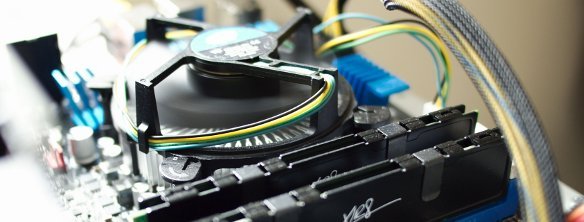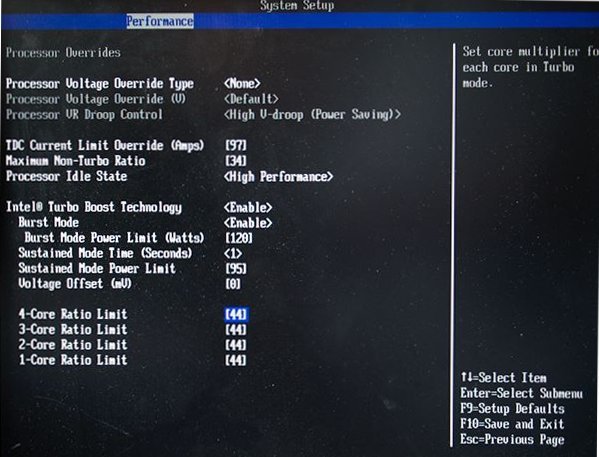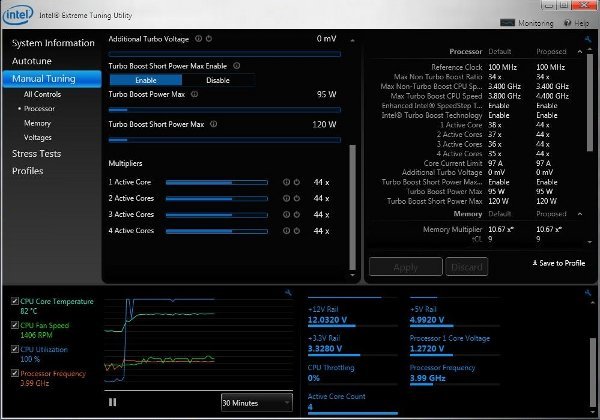Intel's latest stock CPU cooler tested: is this the end for additional CPU coolers?

When Intel's Sandy Bridge CPUs arrived in the PC Gamer labs a few months ago, one of the things that really surprised me was the size of the retail heatsink supplied with the top end Core i7 2600K . I could be wrong, but I don't remember seeing one as small as this since the days of the Pentium 3. It's pictured above, and as you can see, is barely higher than the RAM modules.
Aha, I thought, that must just be a cost saving trick for Intel that's good for running the chip at stock speeds. For extra performance you'll surely need something a bit more frosty.
When it came to testing the overclocking potential of the chip for the review, I added a watercooler that I was also testing at the time - a Corsair H60 . As expected, the chip flew, racing up to 4.5GHz and beyond without any issue. How far would the chip overclock and for how long, I wondered, using just the tiny supplied cooler.
Overclocking Sandy Bridge chips with a 'K' suffix is simple - providing you have the right motherboard (in this case a P67-based one Intel DP67BG). Assuming Turbo Boost is enabled, just go into the BIOS settings and change the settings for 'Core Ratio Limit' settings for each core to something quite high, like 44x the 100Mhz system bus. By default, these will be 38x (ie 3.8GHz) for automatic overclocking when only one core is in use, scaling down to 35x (ie 3.5GHz) when all four cores are working.

There are lots of extra settings for increasing the voltage to the chip to support faster overclocks, but for the purposes of this experiment, that's all I changed. The on-board Turbo Boost technology is very clever - when extra performance is required it will increase the speed of the chip as far as possible without letting it overheat, up the maximum ratio set in the BIOS. By increasing the maximum ratio, I've basically asked the chip to run as fast as it can with everything else set to default.
To stress test the CPU I set HyperPi to repeatedly calculate the value of pi to 32 million places. That puts all eight CPU threads to work at their maximum load. Turbo Boost kicked in and took the chip to its fastest setting.
For the next 30 minutes, it ran all four cores between 3.8GHz and 4GHz. The top temperature reached was 85 degrees Celcius, which is a little hot, admittedly, but it dropped back down to the low 30s within three minutes of stopping the test. This screen is from Intel's desktop tuning tool.
The biggest gaming news, reviews and hardware deals
Keep up to date with the most important stories and the best deals, as picked by the PC Gamer team.

That's pretty astounding. And in games, where the load is rarely 100% all the time, the result was even better. The 2600 regularly ramped itself up to 4.2GHz and stayed there.
All on a tiny, tiny heatsink.
Now, if you want to indulge in more extreme overclocking, you're welcome to go and buy a watercooler or a jug of liquid nitrogen and give it a go. But the point is that for the vast majority of us, there may never be a need to think about cooling again. If that's Intel's top end chip now, things are only going to get smaller and cooler in the future.
Which raises the question: do we need big CPU coolers any more?
I'm a sucker for hotrod-style copper heatpipes snaking their way up a gleaming tower of aluminium fins, but I do hope that the potential of this latest generation of processors should make heatsink manufacturers start to think a little more creatively. Let's see some small, silent, interesting new designs that do something different, and finally gets us away from the giant gaming machines that still dominate the market.

